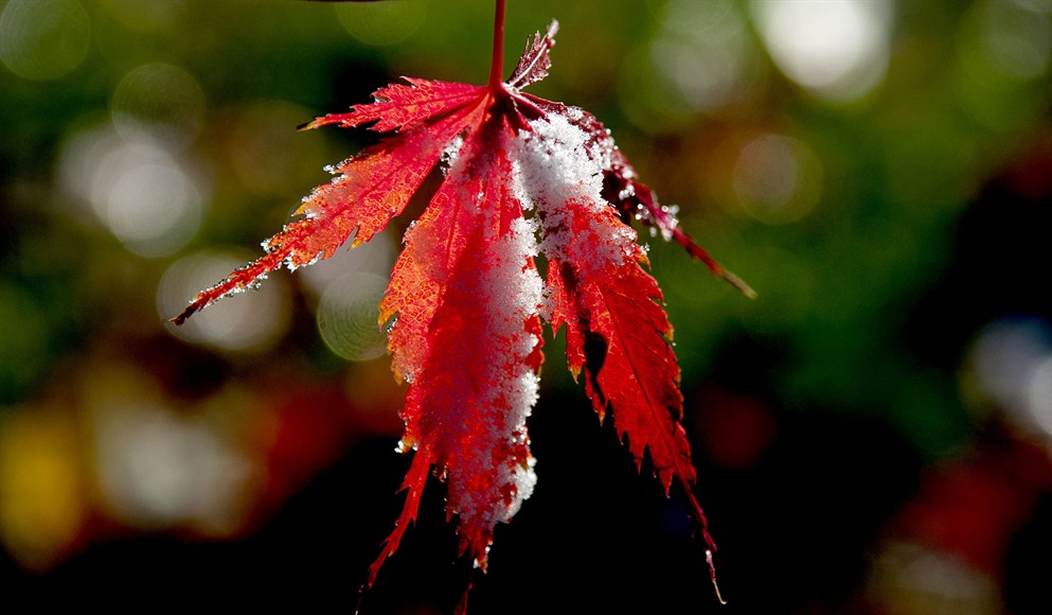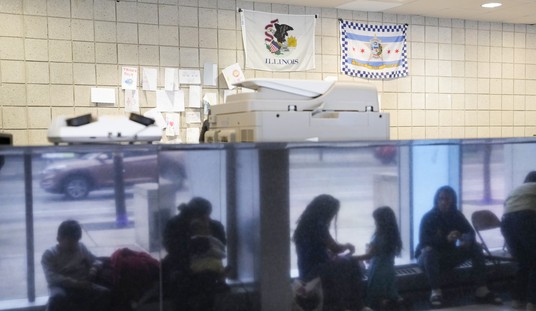This was rather a refreshing – and surprising – note to the truly awful earthquake and subsequent tsunami the Japanese mainland suffered this week.
They are desperately trying to find survivors in the rubble of collapsed buildings and parking garages.
For all of the incredible technology that goes into earthquake-proofing modern Japanese construction, a 7.6 on the Richter scale almost underfoot is a whale of a jolt for anything to absorb. It’s a miracle anything was still standing.
A series of powerful earthquakes that hit western Japan left at least 62 people dead as rescue workers fought Wednesday to save those feared trapped under the rubble of collapsed buildings.
Aftershocks continued to shake Ishikawa prefecture and nearby areas two days after a magnitude 7.6 temblor slammed the area. The first 72 hours are considered crucial to save lives after disasters.
Water, power and cell phone service were still down in some areas. Residents expressed sorrow about their uncertain futures.
As of this morning, there are 62 people who have died, and those rescue operations are still on-going, but the continuing aftershocks have been both plentiful and powerful.
Of the deaths, 29 were counted in Wajima city, while 22 people died in Suzu, according to Ishikawa Prefectural authorities. Dozens of people have been seriously injured, including in nearby prefectures.
Although casualty numbers continued to climb gradually, the prompt public warnings, relayed on broadcasts and phones, and the quick response from the general public and officials appeared to have limited some of the damage.
Toshitaka Katada, a University of Tokyo professor specializing in disasters, said people were prepared because the area had been hit by quakes in recent years. They had evacuation plans and emergency supplies in stock.
“There are probably no people on Earth who are as disaster-ready as the Japanese,” he told The Associated Press.
Japan is frequently hit by earthquakes because of its location along the “Ring of Fire,” an arc of volcanoes and fault lines in the Pacific Basin.
…“This is far from over,” Katada said.
…Japanese media’s aerial footage showed widespread damage in the hardest-hit spots, with landslides burying roads, boats tossed in the waters and a fire that had turned an entire section of Wajima city to ashes.
Fortunately, the predicted tsunami didn’t materialize at the wave heights officials had feared, and most warnings had been lifted by last evening.
Besides the Japanese citizens living in the immediate vicinity of the earthquake’s origin, there is another feature which probably gave quite a few people a heart attack when the first round of shaking stopped and they had time to think about it.
It’s something called the Kashiwazaki-Kariwa and it’s the world’s largest nuclear plant, which only four days before the earthquake had finally gotten government approval – once locals also buy off on it – to restart its reactors after being shutdown 2 years ago for safety breaches, both security and operational.
…With capacity of 8,212 megawatts (MW), the plant has been offline since 2012 after the Fukushima disaster a year earlier led to the shutdown of all nuclear power plants in Japan at the time.
In 2021, the Nuclear Regulation Authority (NRA) barred Tepco from operating Kashiwazaki-Kariwa, its only operable atomic power station, due to safety breaches including the failure to protect nuclear materials and missteps that saw an unauthorised staff member accessing sensitive areas of the plant.
Citing improvements in the safety management system, the NRA on Wednesday lifted a corrective action order that had prevented Tepco from transporting new uranium fuel to the plant or loading fuel rods into its reactors – effectively blocking a resumption.
TEPCO (Tokyo Electrical Power Co) was already working to restart two of the reactors with the blessing of the Japanese government, as they’ve realized that nuclear has to be part and parcel of the country’s future energy security.
…Before TEPCO can restart the reactors, it needs the consent of nearby residents. Prior to the NRA decision Wednesday, Niigata Gov. Hideyo Hanazumi told reporters that the will of the voters he represents must be taken into consideration.
The Japanese government recently began a push to restart as many reactors as possible to maximize nuclear energy and meet decarbonization targets. Prime Minister Fumio Kishida’s government has reversed Japan’s nuclear energy phaseout plan, instead looking to use atomic power as key energy supply accounting to more than one-fifth of the country’s energy supply.
A restart of Kashiwazaki-Kariwa plant, along with attempts by other utility operators to resume their reactors, would “contribute to Japan’s stable energy supply and its pursuit of carbon neutrality,” especially when the energy-scarce country is hit by rising energy costs amid Russia’s war on Ukraine, Kobayakawa said. “Of course, safety is the prerequisite.”
But then the ground really started to rock and roll, and hearts must have been pumping wondering what was happening at the plant. Had the repairs and upgrades been enough to withstand the seismic shifting?
WHEW
So far, looks really good. The pools got a little sloshy, but that’s a clean-up they’ll gladly make.
Water from the fuel pools at the top floors of the No. 7 and No. 2 reactors at the Kashiwazaki-Kariwa nuclear power plant in Niigata Prefecture spilled over due to strong earthquakes, Tokyo Electric Power Company Holdings, Inc. announced Monday. No damage or leaks were confirmed.
According to TEPCO, when the company checked the fuel pools of reactors No. 1 through No. 7 at around 6:45 p.m., it found that water containing radioactive materials spilled from the pools. About 10 liters spilled from the No. 2 reactor and about 4 liters from the No. 7 reactor. TEPCO is measuring the radiation levels.
In fact, it was really good news across the spectrum for the over a half dozen nuclear power plants in the quake zone…
No Irregularities Identified At West Coast Nuclear Power Plants, Says Regulator
No irregularities have been identified at nuclear power plants following a series of strong earthquakes that hit western Japan and warnings of possible tsunamis along the west coast, the country’s nuclear regulator said.
The quakes were felt along the west coast in areas that are home to seven nuclear power stations: Ohi, Takahama, Mihama, Tsuruga, Shika, Kashiwazaki Kariwa and the Fugen prototype plant, which was shut down in 2013 and is being decommissioned.
Seven reactors are in commercial operation at the seven sites: two at Ohi, four at Takahama and one at Mihama.
…and they were rocking and rolling substantially for a good, long time.
…A succession of 21 earthquakes registering 4.0 magnitude or stronger struck central Japan in just over 90 minutes on Monday (1 January), the Japan Meteorological Agency said. The strongest tremor hit at 16:10 local time (08:10 Central European time), measuring 7.6.
The resiliency of the reactors Japan has in operation right now – a total of 12 out of 33 operable reactors available – is a testament to the retrofits and safety enhancements installed after the Fukushima disaster. Every one of Japan’s 54 plants had been shut down when that happened, exposing numerous flaws and violations throughout the industry, and a pervasive lax operator attitude towards their nuclear power plant operations.
Utilities have only been allowed to reopen the plants as they meet the stringent new safety upgrades.
It’s made for slow progress, but judging by this week, it looks like it’s paying off.
And there’s a lot to learn from their real life experiences going forward for places like California not to mention bolstering arguments for nuclear safety, period.
This is one truly positive footnote to a sad event.









Join the conversation as a VIP Member